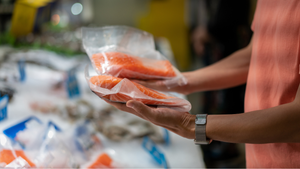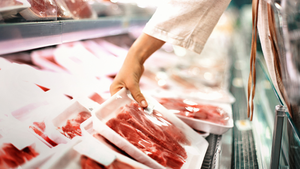Sponsored By
Fresh Produce
produce department at a Sprouts Farmers Market location in Seattle
Fresh Produce
Sprouts goes all in on organic produce merchandisingSprouts goes all in on organic produce merchandising
The specialty grocer is targeting younger shoppers for category growth
Stay up-to-date on the latest food retail news and trends
Subscribe to free eNewsletters from Supermarket News











































